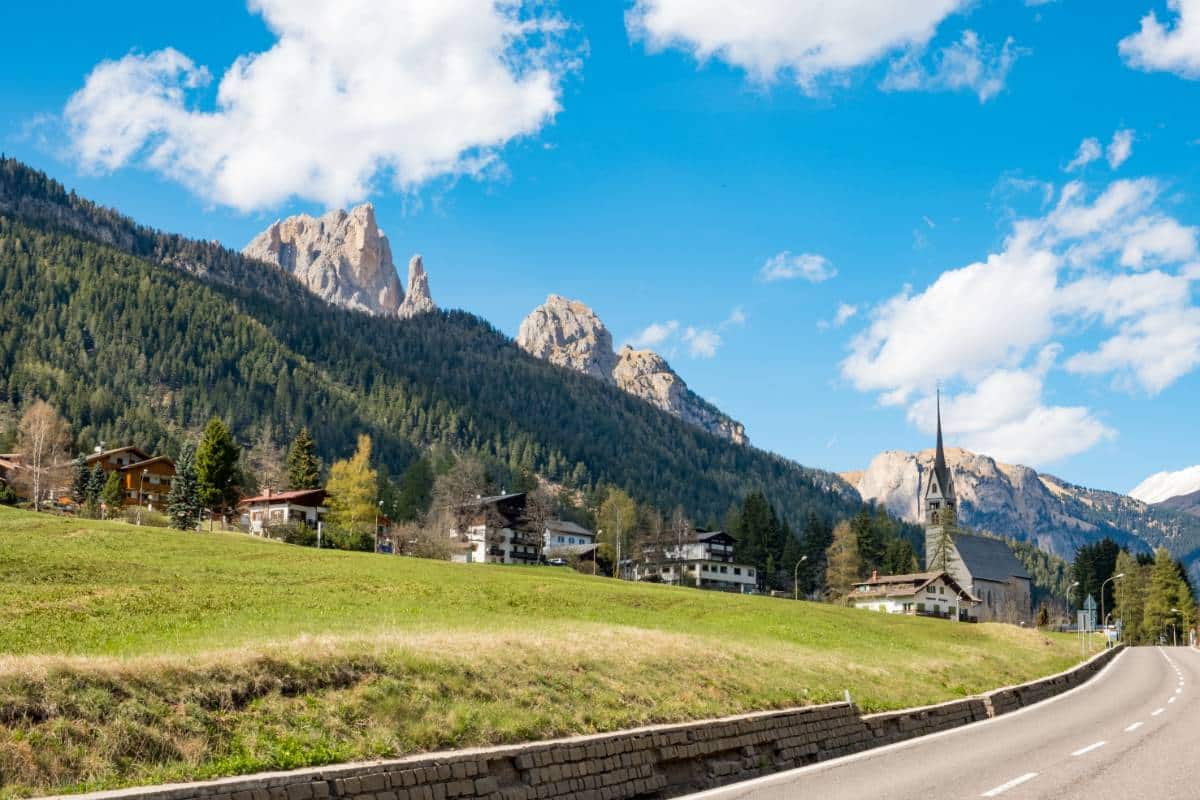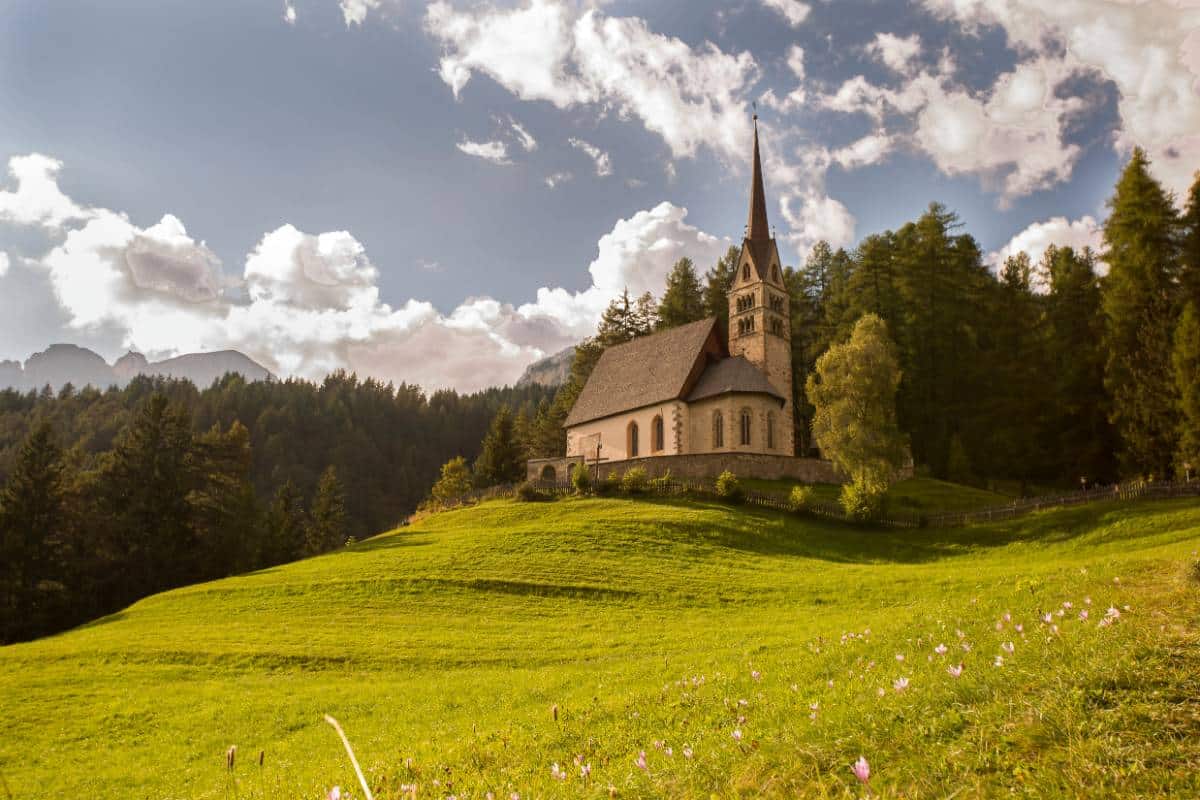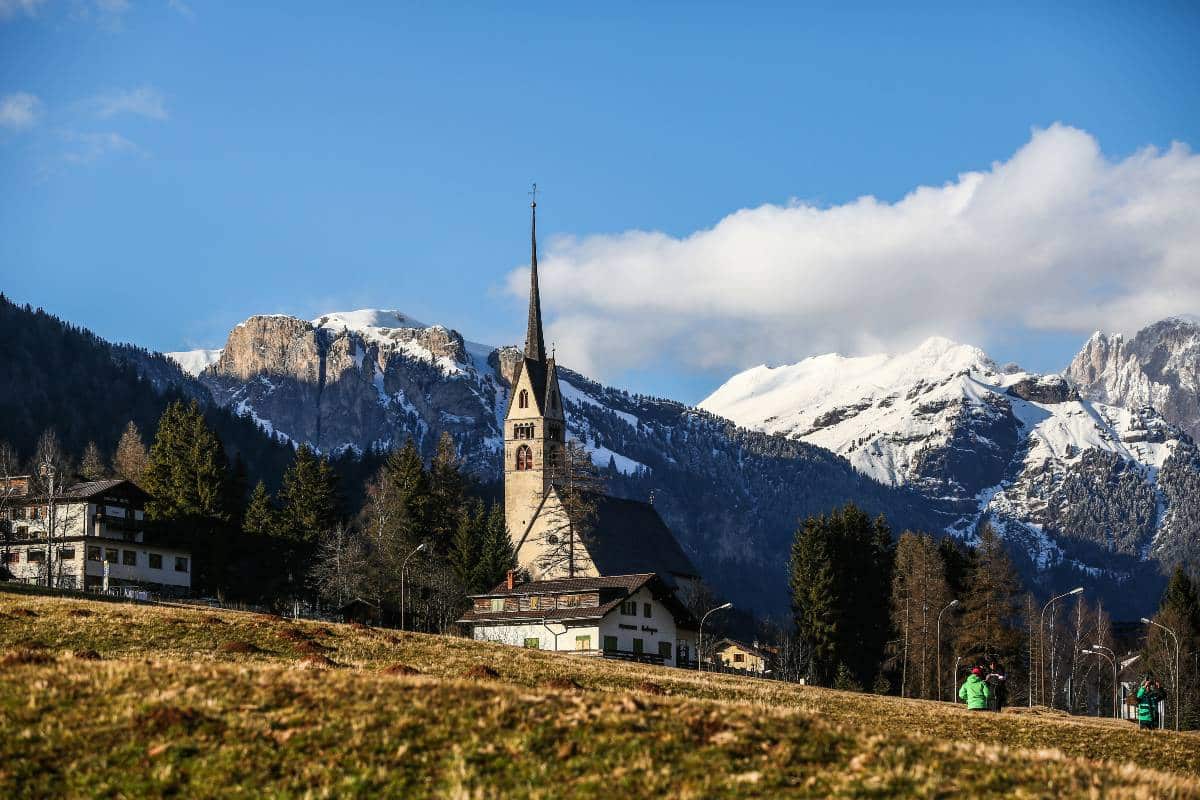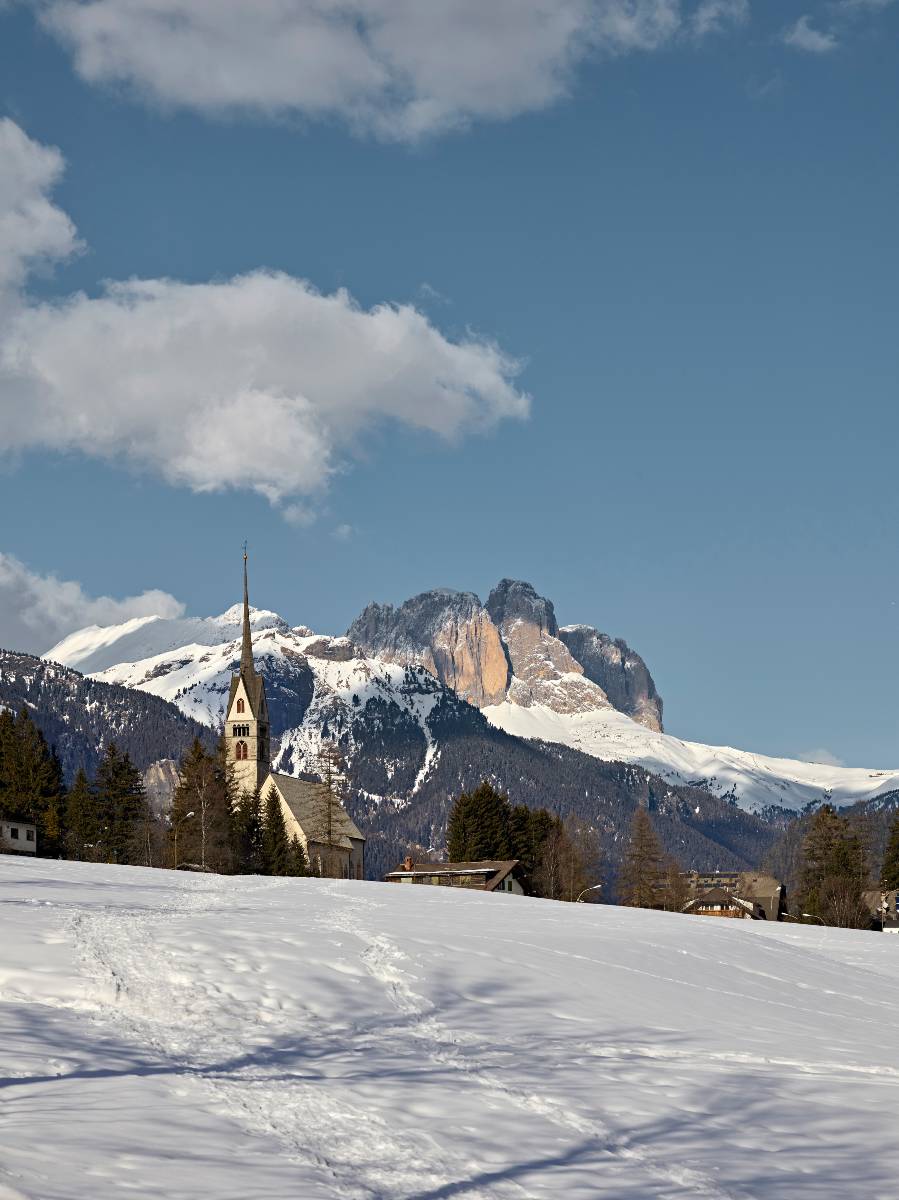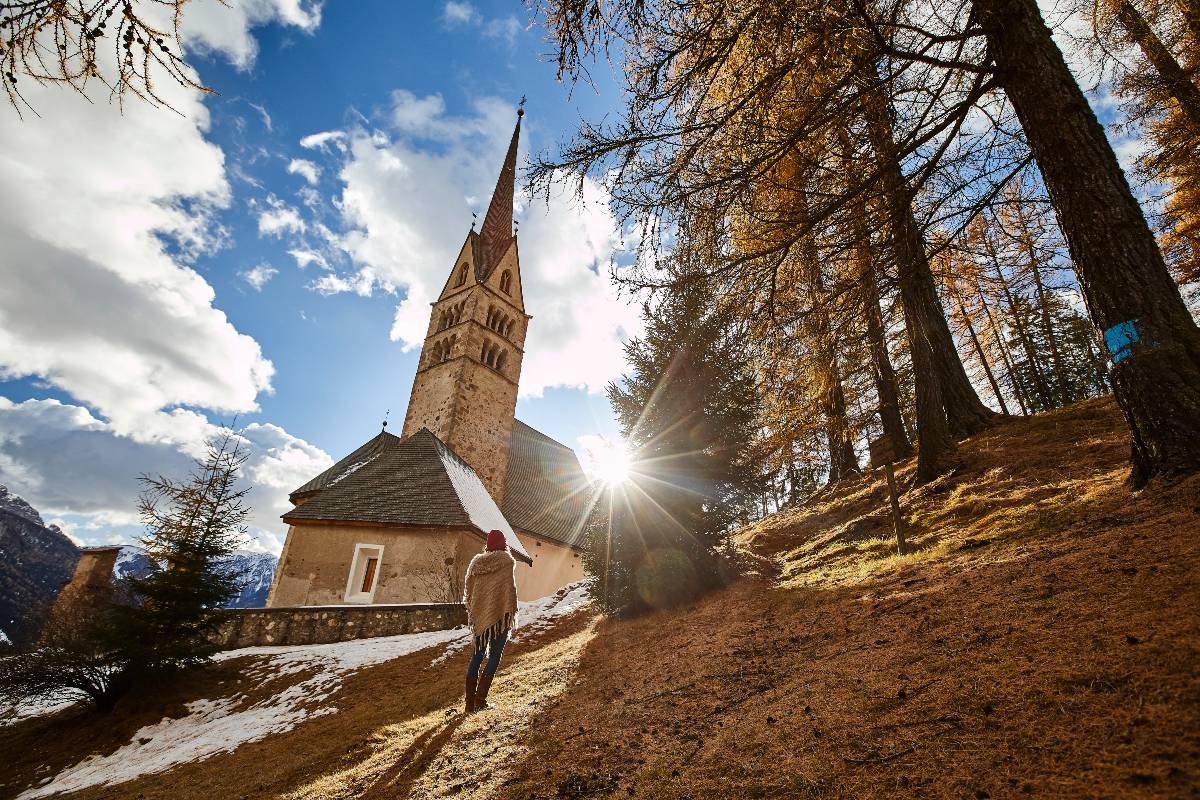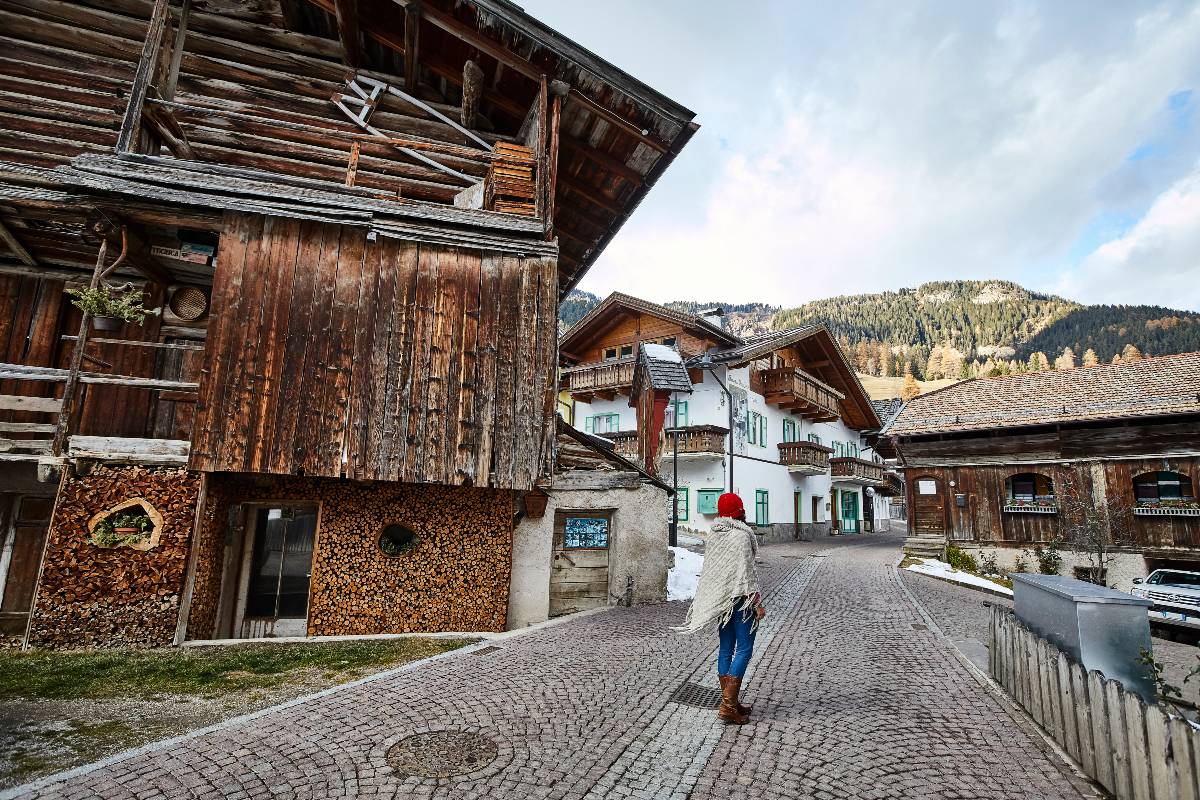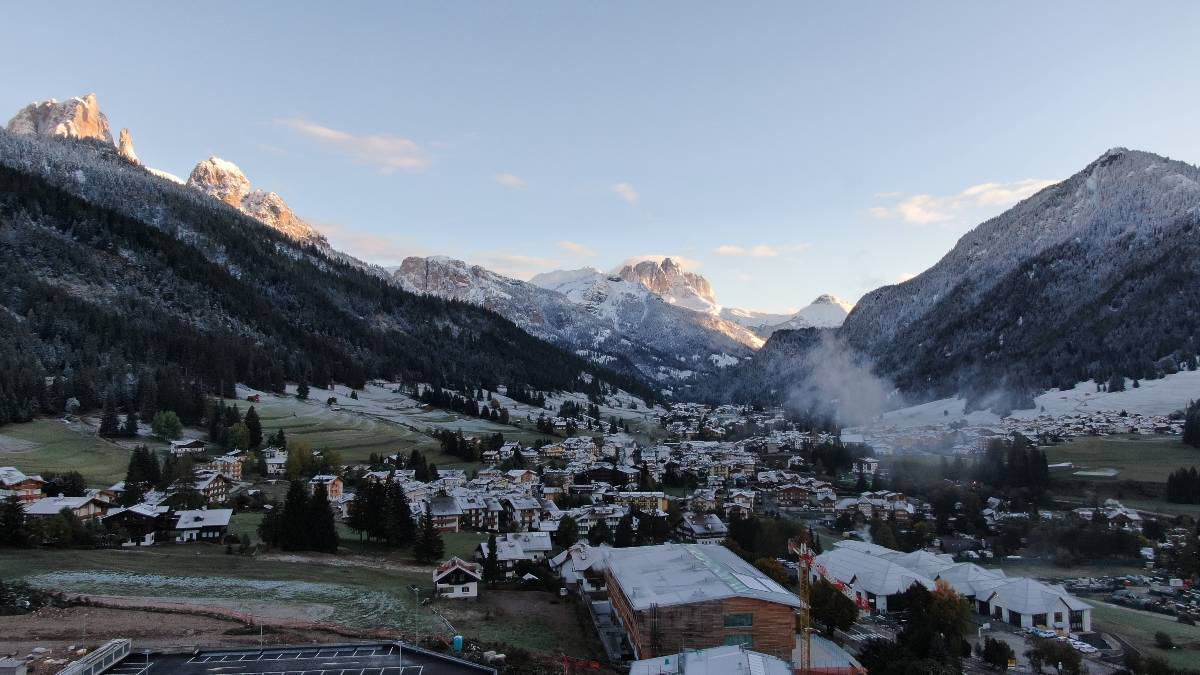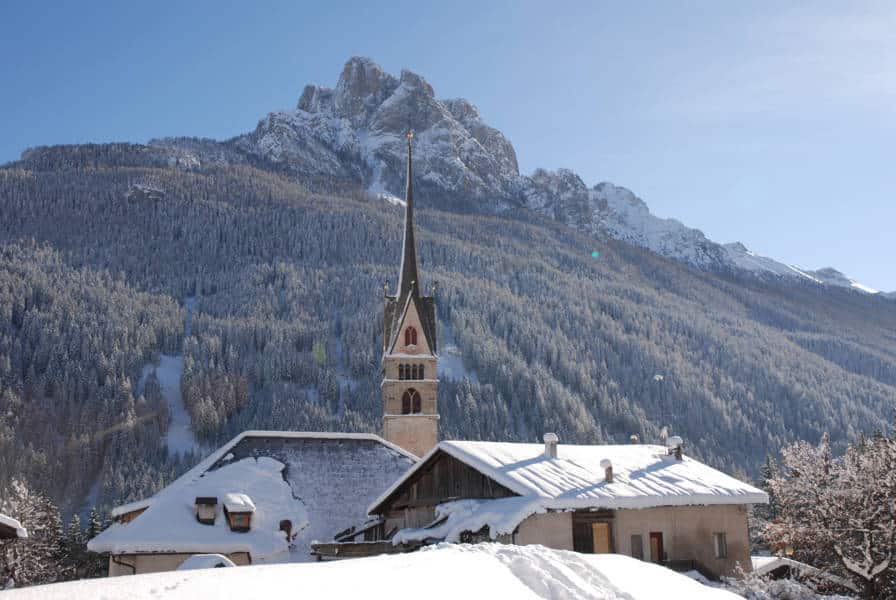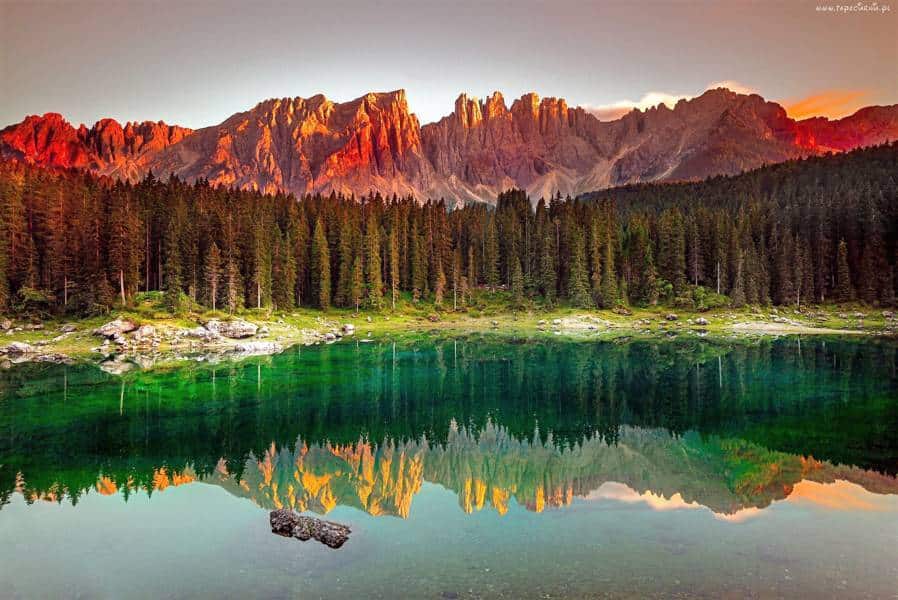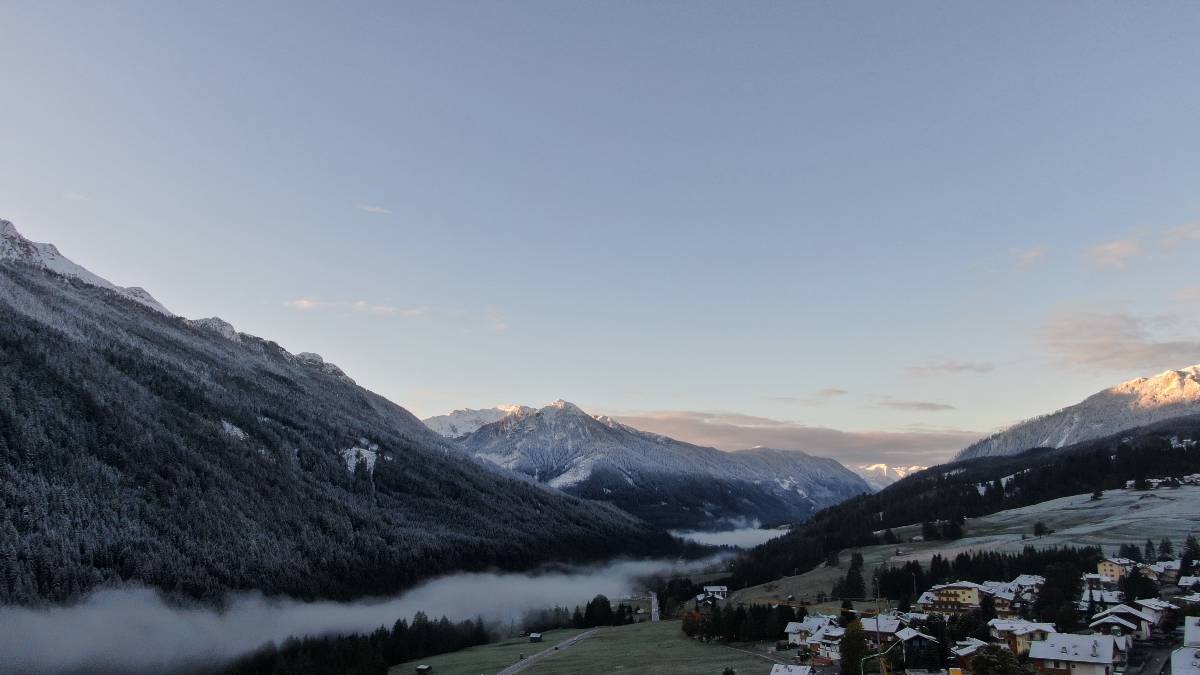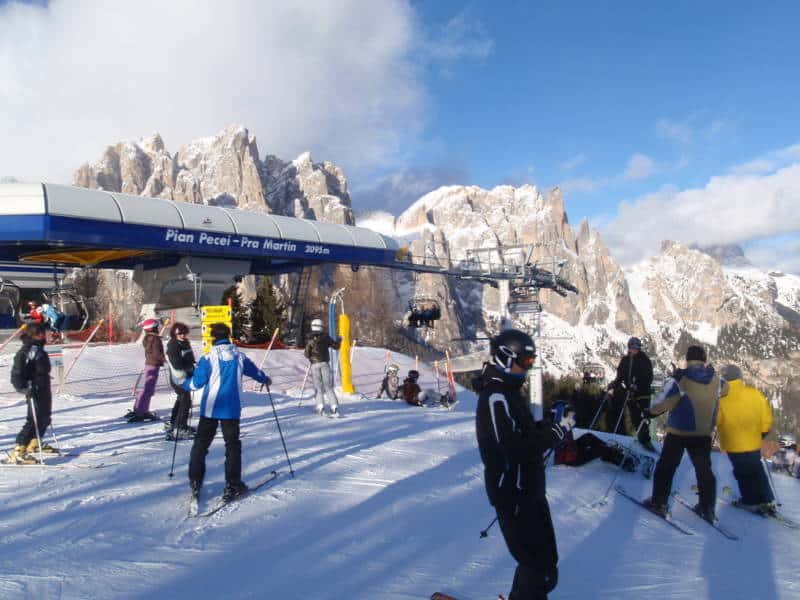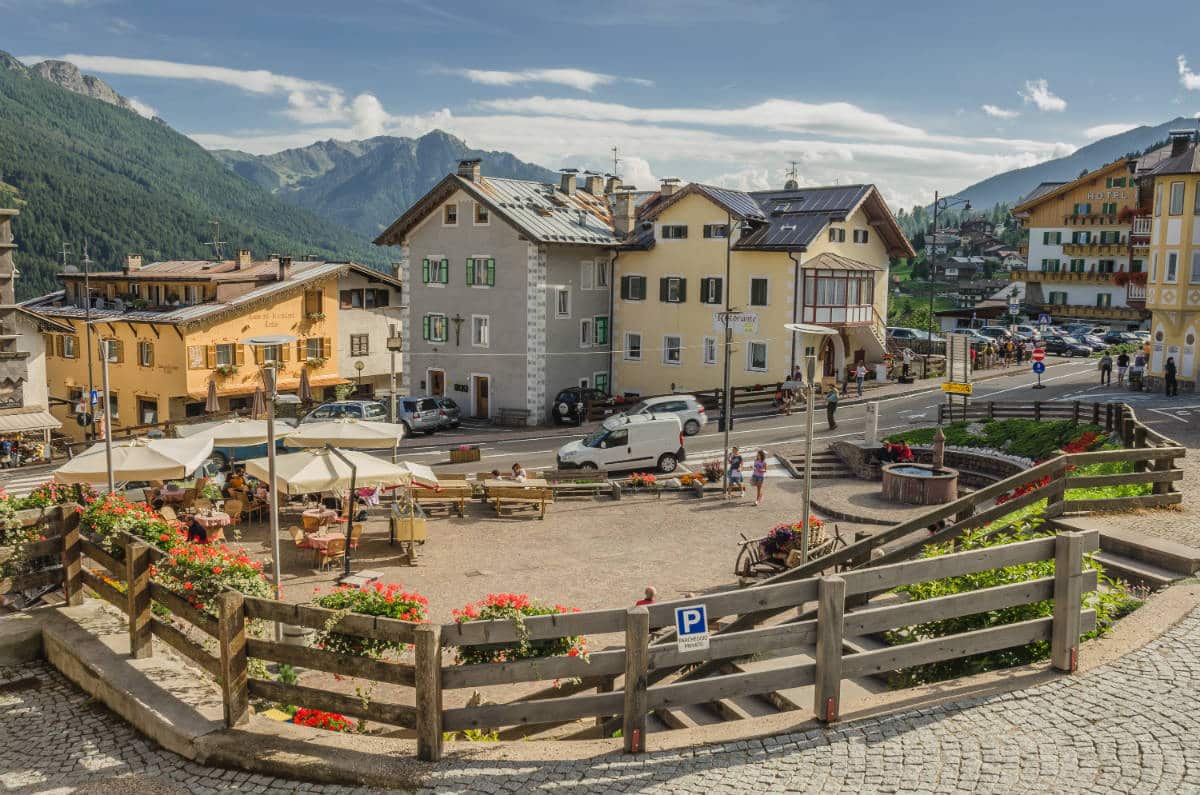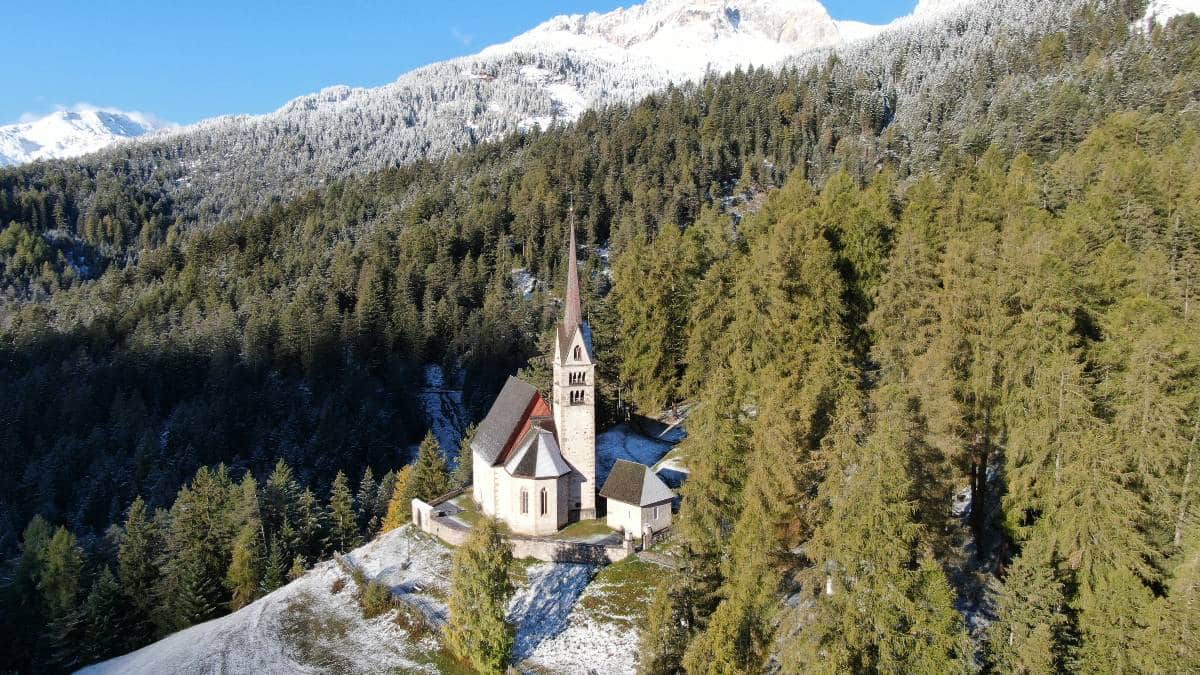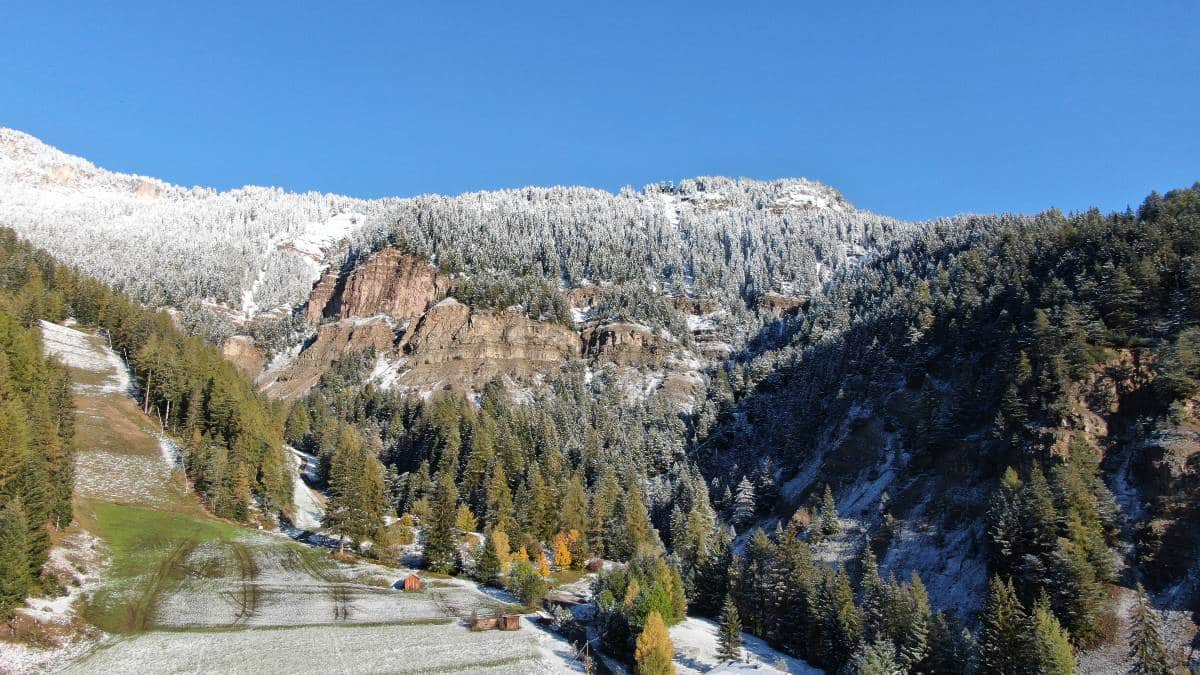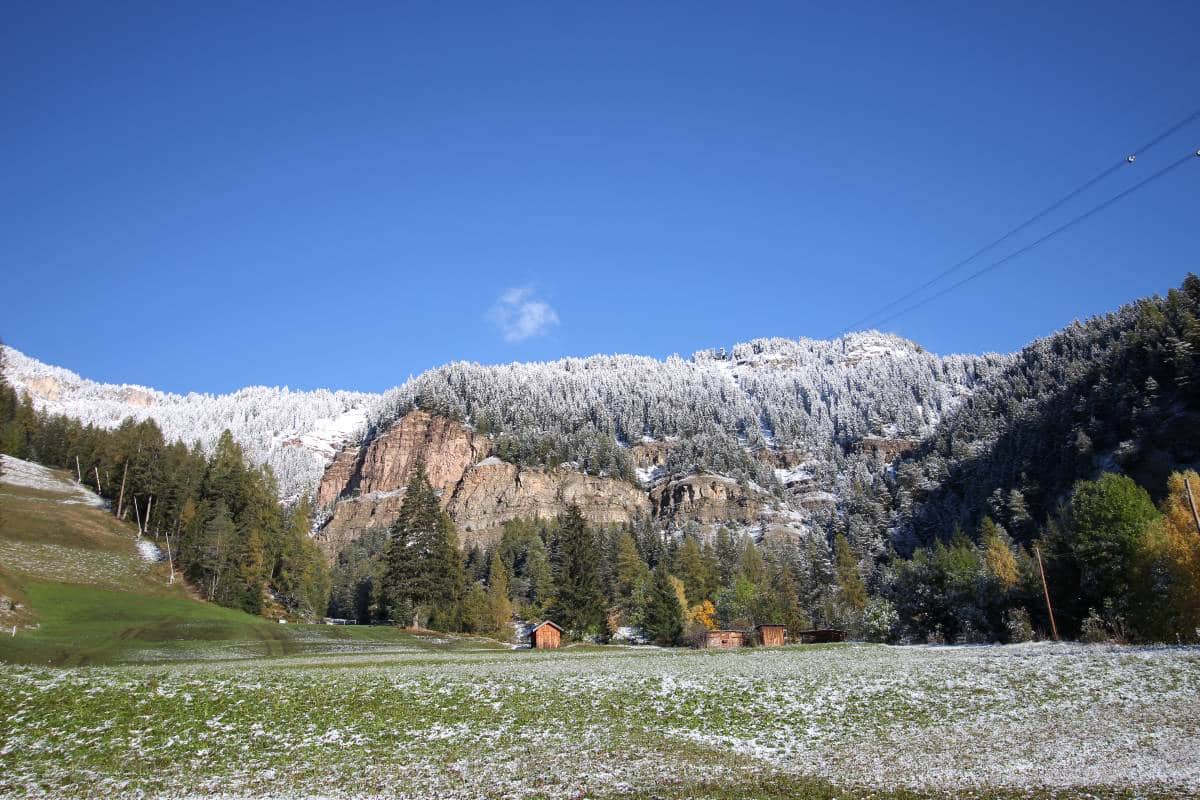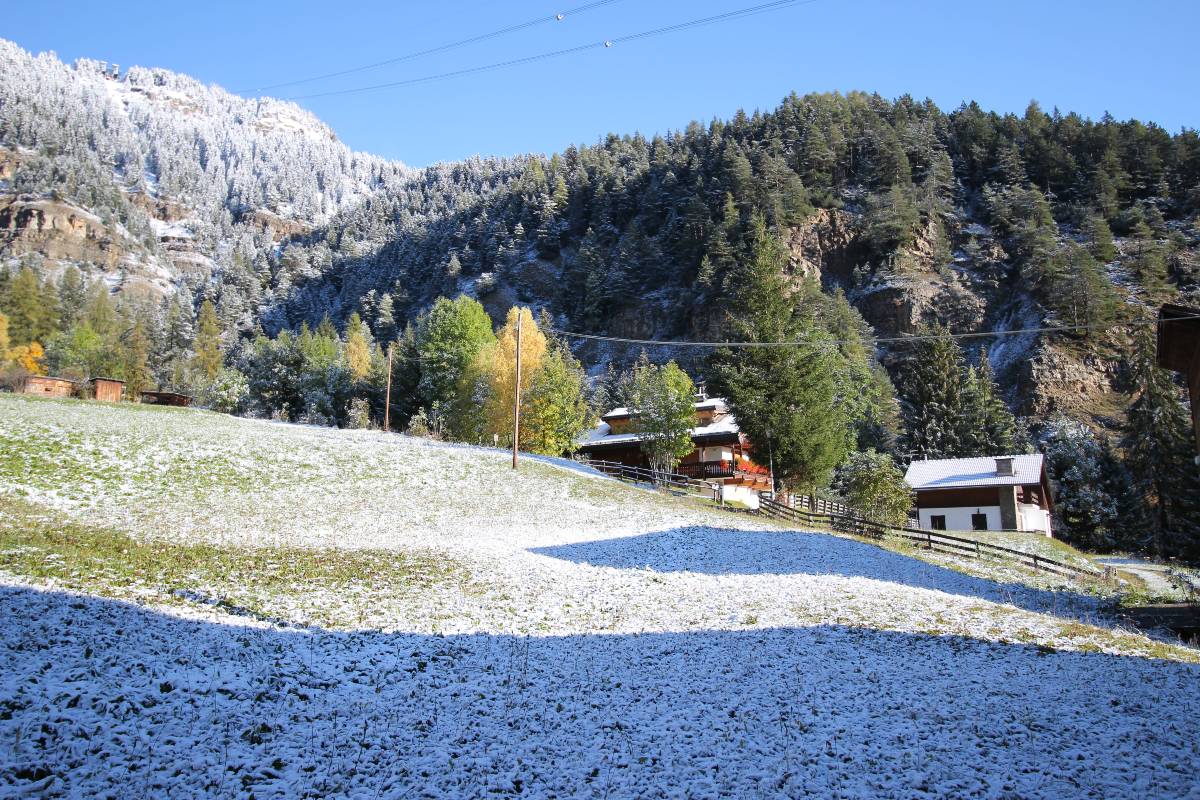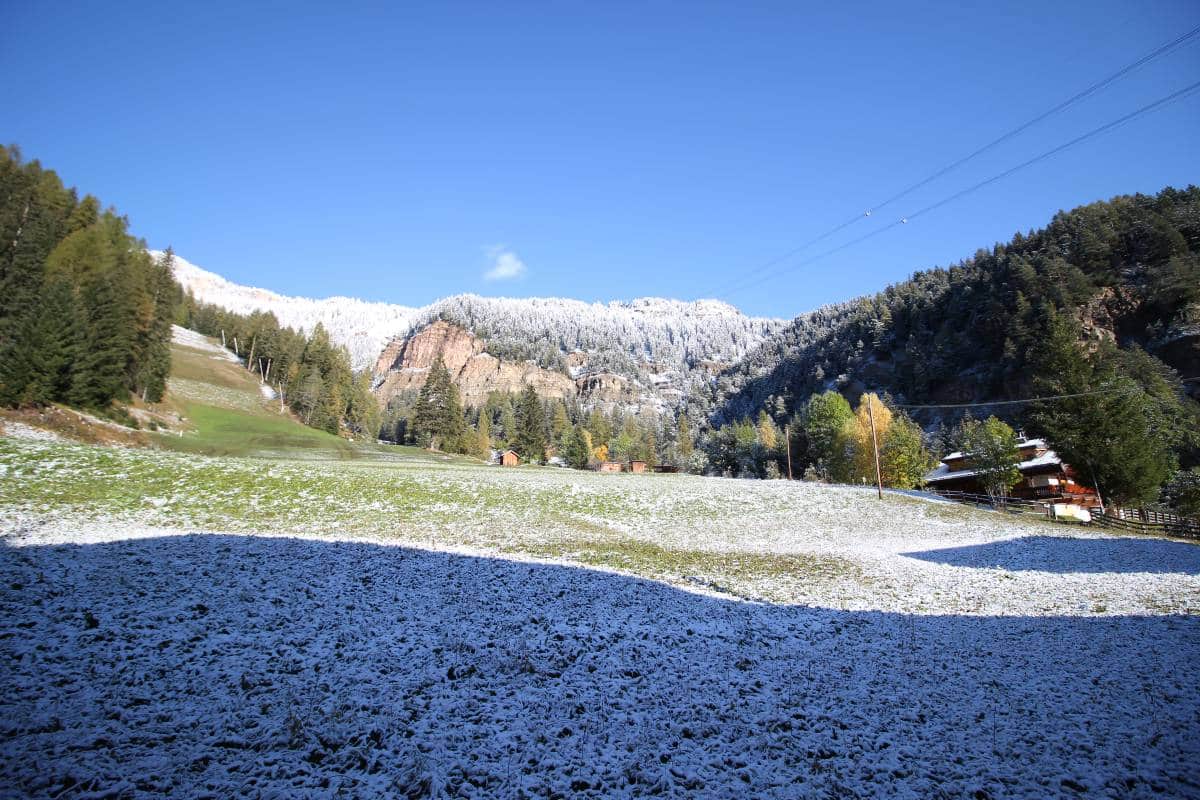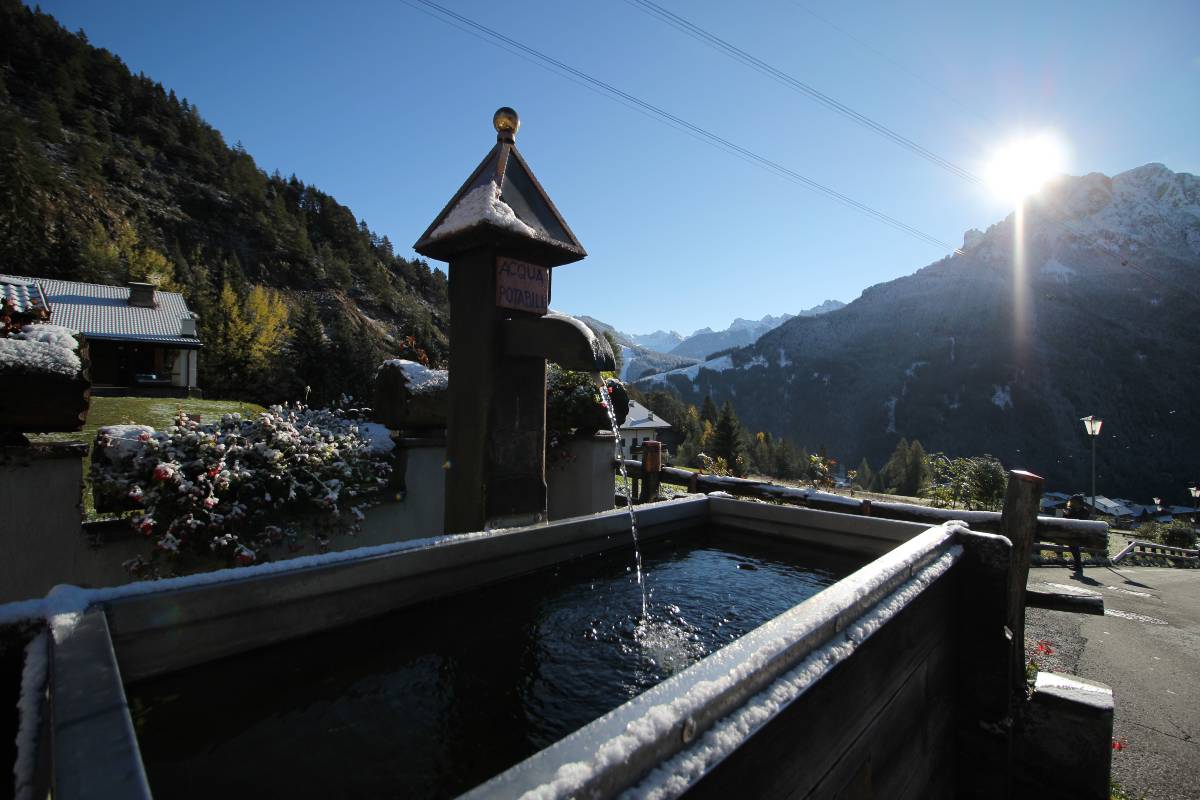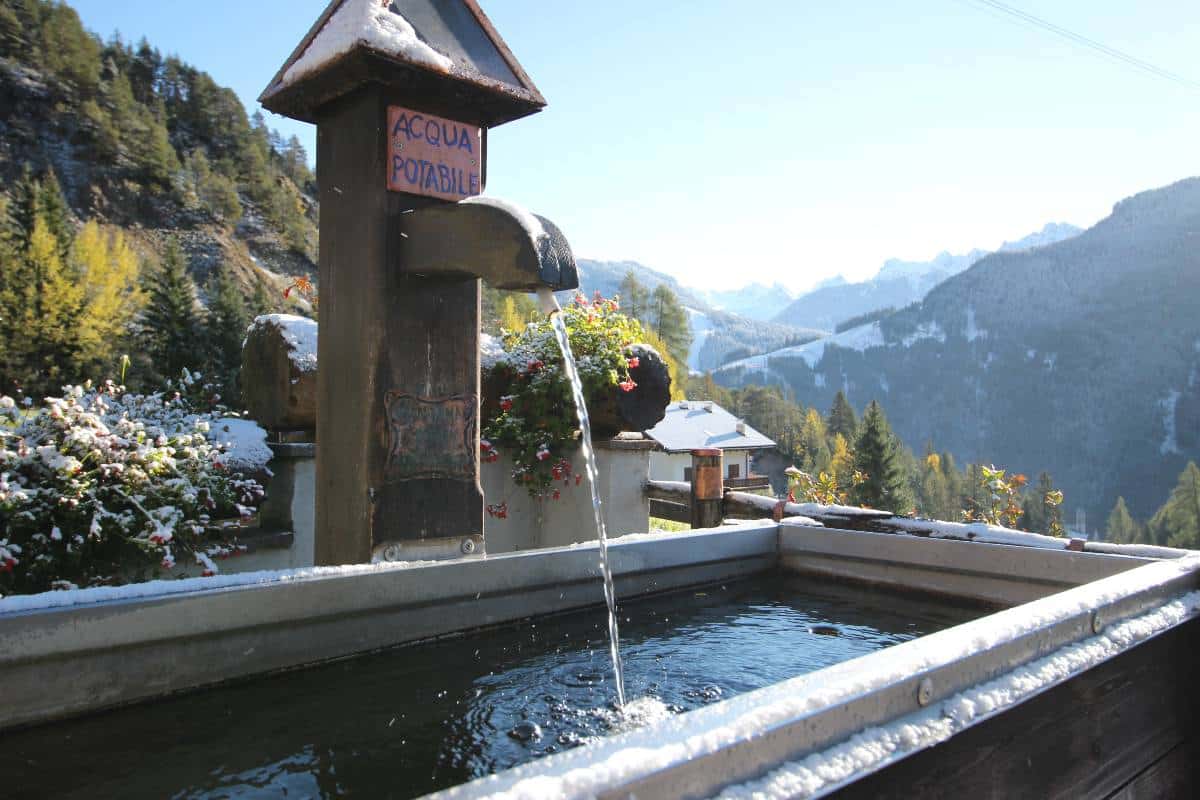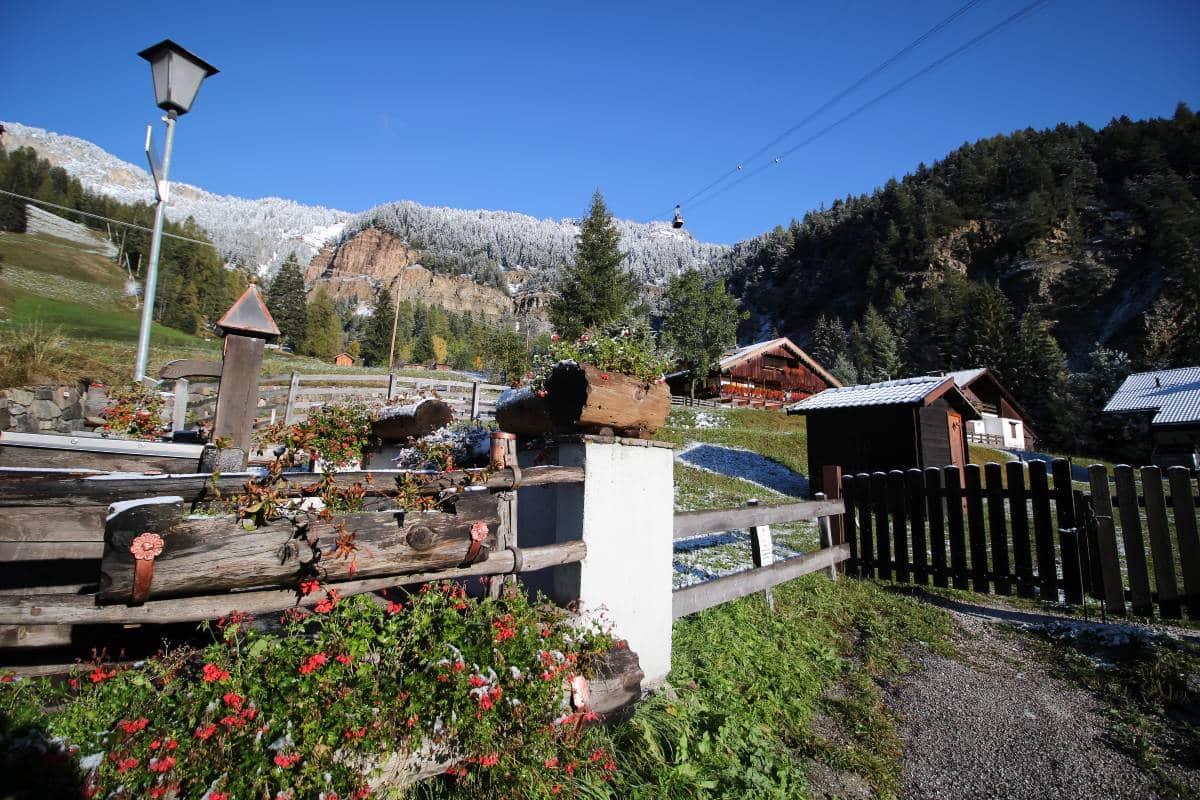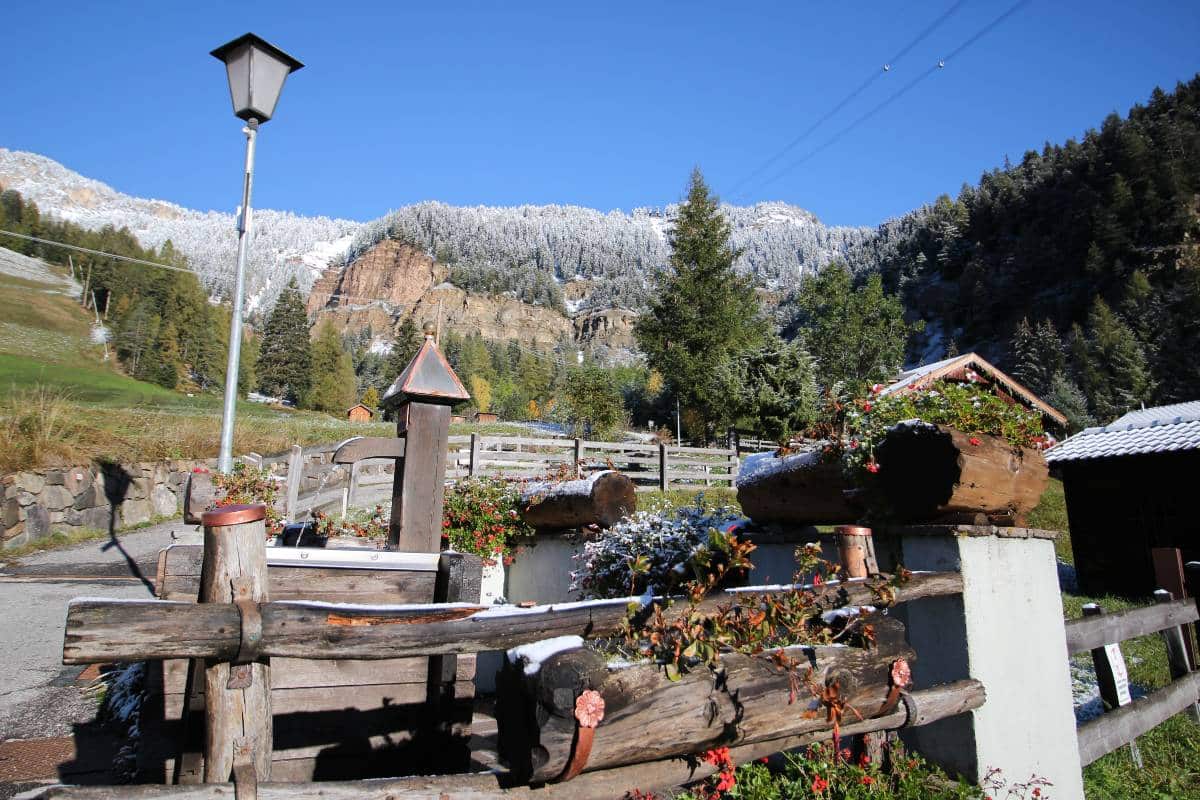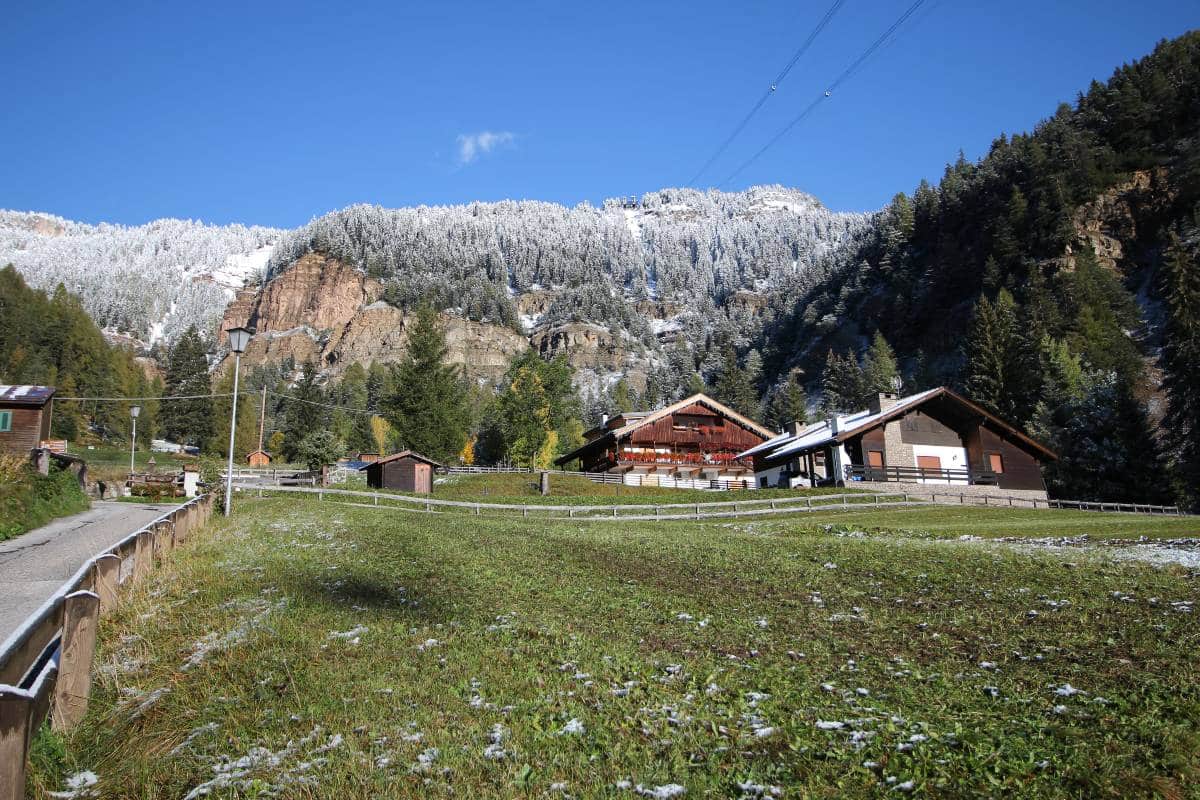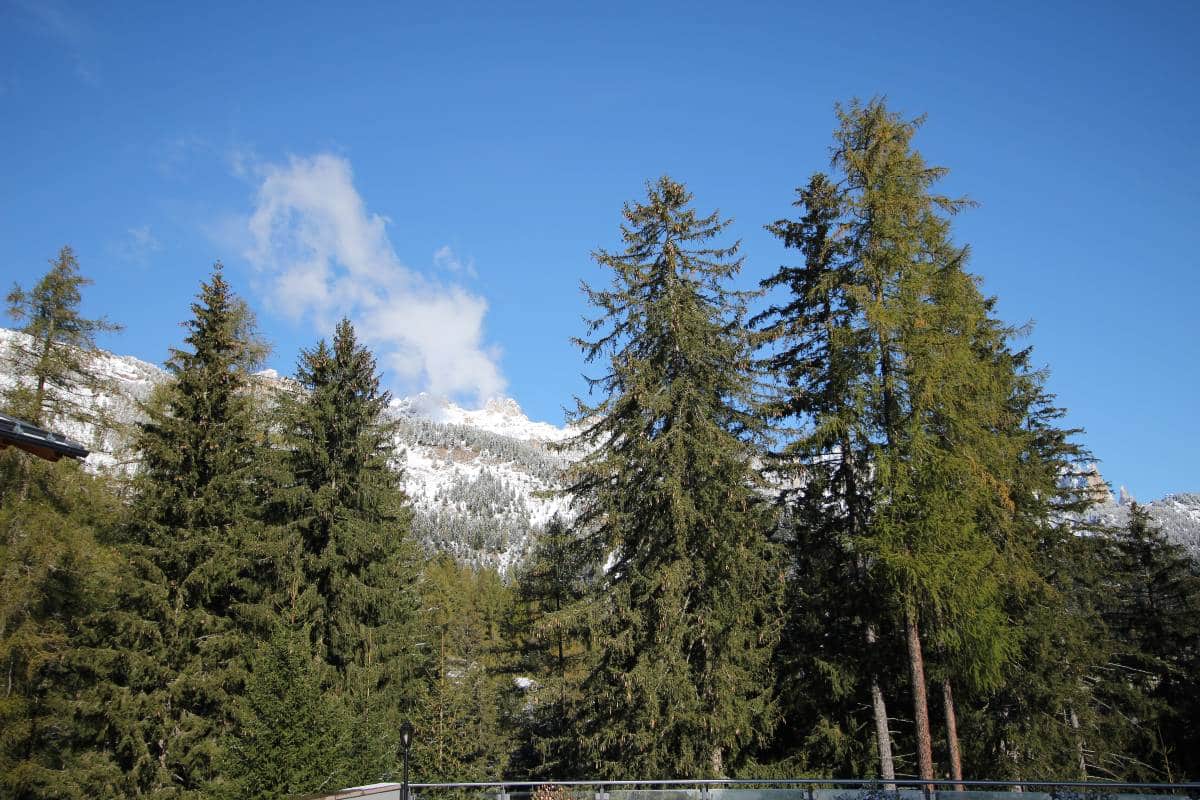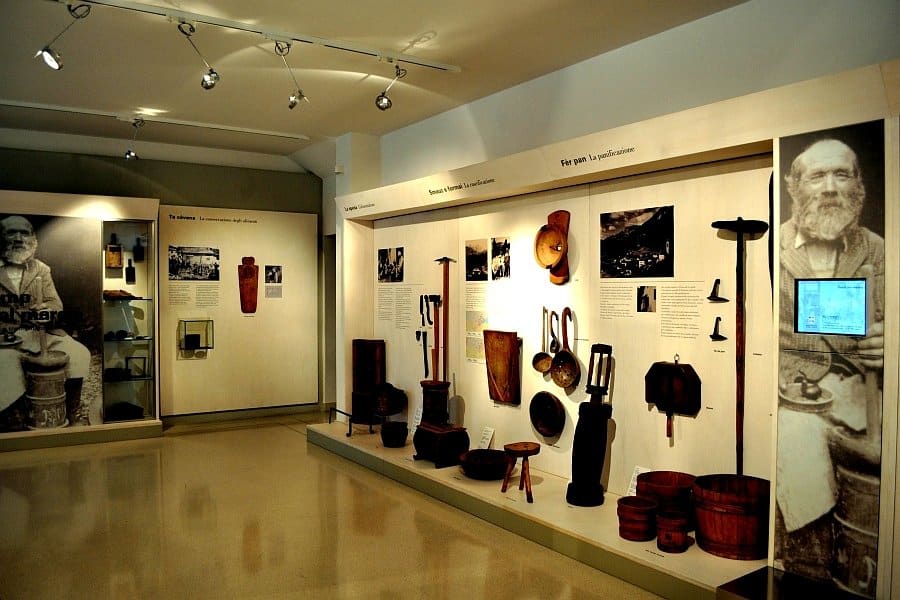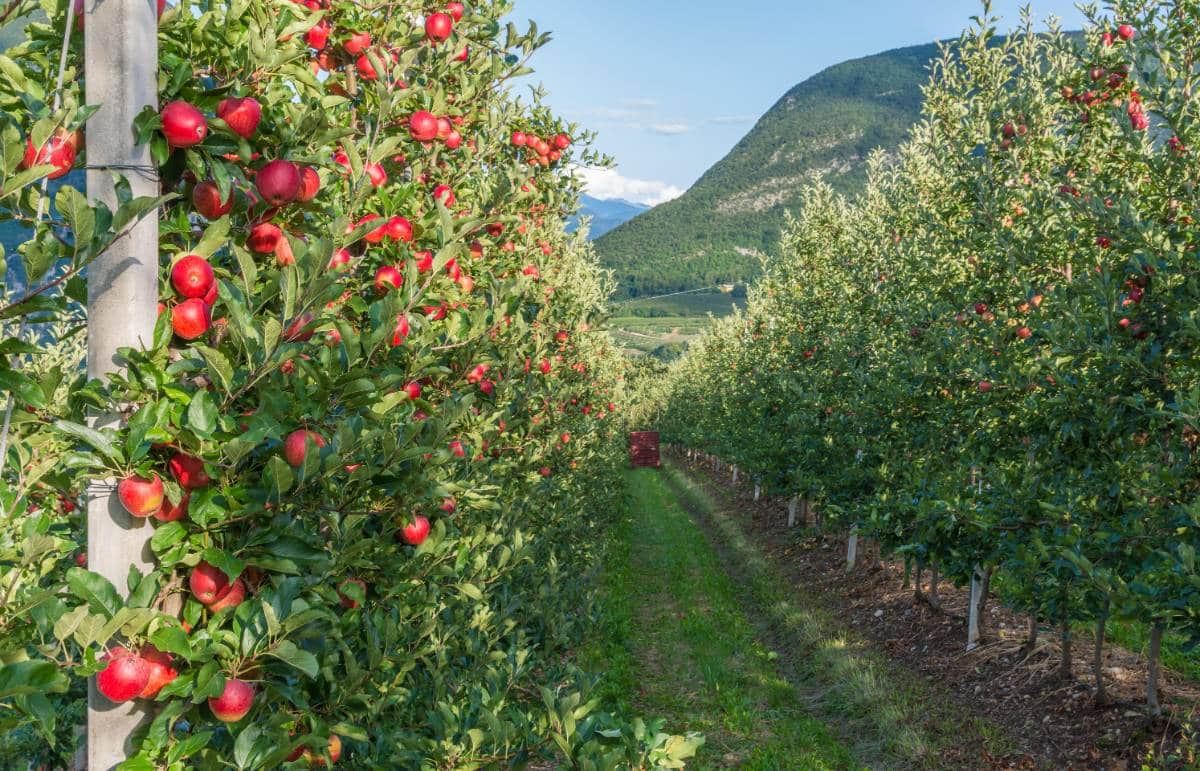Vigo di Fassa (Vich in Ladin language) is a ski center of the district of the Val di Fassa / Dolomiti Superski. The village, rich of hotel infrastructures, is an important center of summer excursions in the massif of the Catinaccio. The country, as almost all the other towns of the Val di Fassa, dates back to the Middle Ages, even if the first traces of human presence in the area date back to the Paleolithic Period, when nomadic hunters recovered the Avisio stream. The country started from the Early Middle Ages an uninterrupted growth, ending to encase the near village of San Giovanni (in Ladin Sèn Jan). Of that era still remains, next to the Rectory of the local church, a monumental barn, in the recent past the seat of the Ladin Museum of Fassa. The country continued to prosper thanks to agriculture and breeding until 1860, when the construction of the highway of the Dolomites brought the first tourists, especially from Austria. Coincides with this time the construction of new huts at the base of the mountain group of the Catinaccio, dedicated to the mountaineers and lovers of excursions (among the first at the end of the Nineteenth Century, the Rifugio Vajolet). Are worth a visit are the 15th century church of San Giovanni, in the homonymous hamlet, considered one of the oldest buildings in the valley, in the Gothic style and is characterized by a high bell tower cusp preserves frescos of the XVI century and the Church of Santa Giuliana, solata on a hill above the present village. Always in gothic style, its existence is documented since 1237, but was rebuilt in its entirety in the fifteenth century. Do not miss also the Fassa Ladin Museum and the Monzoni Mineralogical Museum, that gathers around 200 different types of minerals, collected in some teche and viewable also thanks to a microscope, collected in Val di Fassa by an alpine guide originally from Vigo di Fassa.


